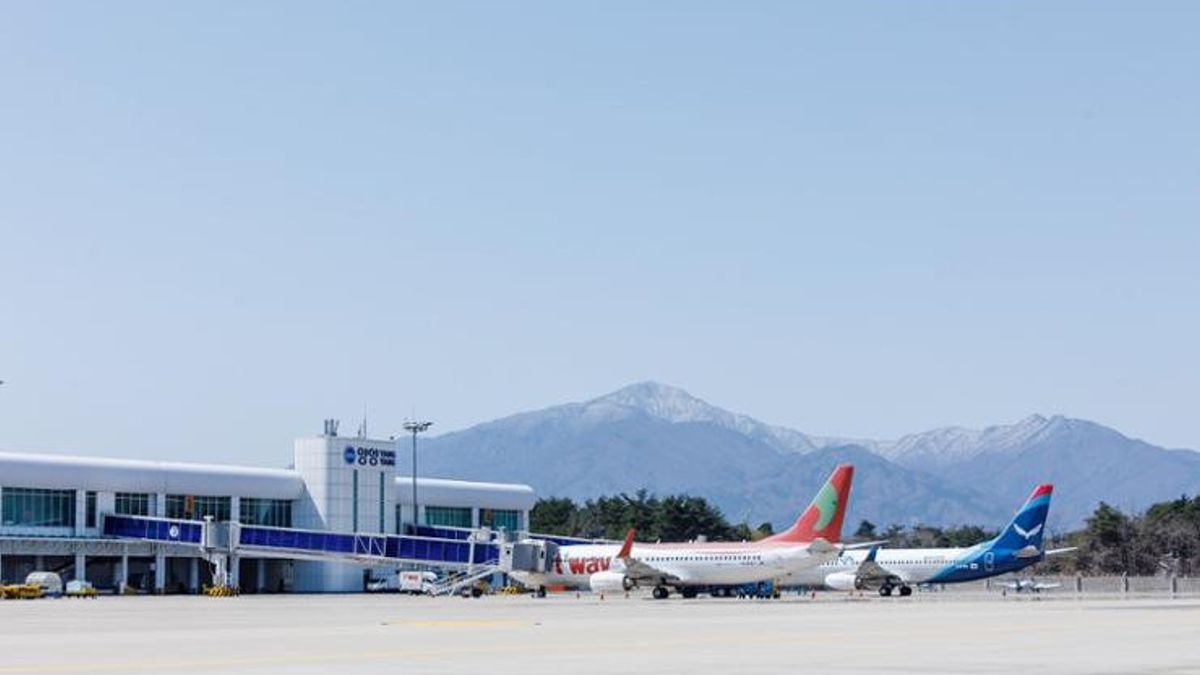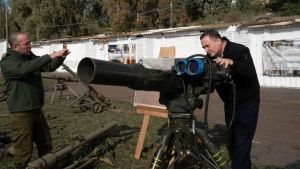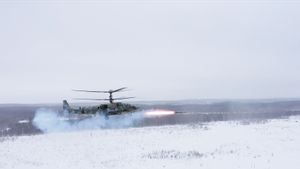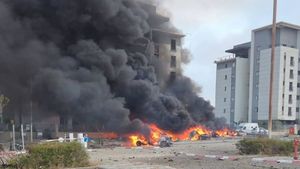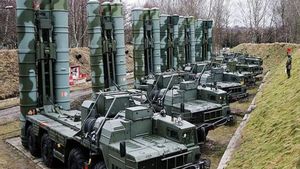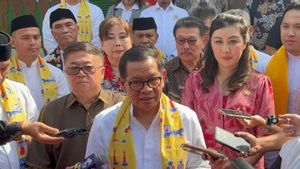JAKARTA - The tragedy experienced by the Jeju Air fleet at Muan International Airport last December raised concerns about safety management at many South Korean regional airports, experts said on Sunday.
They warned that the construction of a local airport without proper safety protocols, sufficient manpower, or adequate management could cause similar accidents in the future.
"The efficiency, economic feasibility, and safety measures of these airports must be thoroughly reassessed, even if that means delaying the opening," experts said, quoted by The Korea Times Jan. 6.
The aviation industry expressed concern over the airport's underused struggle, in which low demand resulted in inadequate budgets and poor management.
It said income instability created problems that caused a shortage of chronic equipment and staff, in turn, further damaging operational efficiency and safety.
At Muan Airport in South Jeolla Province, the country's deadliest flight disaster site, which claimed 179 lives, lack of safety was in the spotlight.
Over the past six years, the airport has reported 10 bird strikes but has no essential equipment, such as radar and thermal imaging devices. In addition, only four staff members are in charge of controlling birds.
Other regional airports face similar challenges.
Yangyang International Airport in Gangwon Province operates without a control radar, while Ulsan Airport has a runway of only two kilometers, the shortest among domestic airports.
The concrete navigation aid facility, identified as a factor in the high death toll from the Jeju Air accident, is often installed at regional airports.
Airports in Muan, Yeosu, Gwangju, and Pohang-Gyeongju are equipped with a concrete structure, while major hubs such as Incheon International Airport and Gimpo Airport use steel structures, which are considered safer and more resilient.
This gap has prompted calls to reassess ongoing projects to build new regional airports.
According to the Ministry of Land, Infrastructure, and Transportation, the construction of eight new regional airports is underway, including Gadeok Island Airport, Jeju second airport, Daegu-Gyeongbuk Integrated New Airport, Saemangeum International Airport, Ulleung Airport, Heuksan Airport, Baengnyeong Airport, and Seosan Airport.
Discussions on these projects began in 2011, with Ulleung Airport and Heuksan Airport scheduled to open in 2027.
It should be noted, only Gadeok Island Airport and Jeju's second airport are designed with a longer runway of 3,500 meters and 3,200 meters, respectively, while other airports are expected to have a shorter runway, which is only 1,200 meters.
Experts are calling for a stricter evaluation of bids and demand before building a new regional airport, stressing the need to ensure its economic and safety eligibility.
"The purpose of an airport is not only to increase transportation for local residents but also to contribute to the national and local economies," said Professor of the Department of Aviation Sciences and Aviation Operations Kim Kwang-il of Silla University.
" Familiar airports that fail to contribute to the national economy cannot be built, and airports that primarily serve local residents with insufficient requests must undergo further review," he said.
He also emphasized the importance of involving not only the ministry of land but also experts from outside, including international specialists, in assessing airport safety.
SEE ALSO:
Meanwhile, Professor of the Department of Aviation and Aviation Operations Sciences from Korea's National Transportation University Lee Gun-young also voiced concerns about the airport being at a loss and its inadequate infrastructure.
"Fudge restrictions often result in shorter runways and limited safety measures, while local governments encourage airport construction without properly assessing passenger demand," he said.
"The operation of the airport requires real expertise, which is not in the current system," he said.
The English, Chinese, Japanese, Arabic, and French versions are automatically generated by the AI. So there may still be inaccuracies in translating, please always see Indonesian as our main language. (system supported by DigitalSiber.id)
